CO2 Tolerance
Time Efficiency
Hypoxia and Hypertrophy
Losing The Pounds
The Benefits of CO2
Our Bodies Telegraph Our Thoughts
Intermittent Hypoxia & Other Forms of Training
Inversion of Knowledge
Avoiding The Snooze Button
What Radicalized You?
I bought this book(The Oxygen Advantage) a long time ago. While some breathing practices place an emphasis on breathing that is deep and somewhat forceful, this approach focuses on the absence of breathing. That doesn’t mean that the former is avoided, but with this focus on the absence of breathing, a better foundation is set for the deep breathing to have a better effect.
Another way to describe this absence of breath is….
CO2 Tolerance
And it is this tolerance that has a plethora of effects. Who knew something so inexpensive could have so many benefits?
CO2 tolerance is the cheap supplement that this article will be about.
It can be best developed by putting one’s body in a state of low oxygen for seconds at a time.
The author of Oxygen Advantage (Patrick McKeown) would try to help you develop this tolerance through various breathing exercises and movements. One of the ones I remember the most was after emptying your lungs(and taking nothing in), you would walk for as many steps as you could until you had a stronger urge to breathe, and then do so. How many steps you took would be written down somewhere or kept somewhere in your mind, and you would try to improve on it over time. A less movement-based version would have been just sitting somewhere, exhaling till empty, and timing yourself to see when the strong urge to breathe came up. This would be your “BOLT” score. BOLT meaning Body Oxygen Level Test.
Another thing advocated in the book was sprinting with these breath holds. The distance would obviously be shorter. I only tried it once. Very difficult.
When I started putting this book to use around 2019, I often thought about combining it with my calisthenics training, but I only combined it with bodyweight squats here and there. However, this was mostly for warm-up, and my mind was too limited to grasp the full implications of such training.
But now, after some research and applications, I’m starting to see what I was missing out on…
Time Efficiency
With whatever you’re doing(calisthenics, weigts, etc), performing a movement after a full exhale and upon no intake of air is like a weight vest for your respiratory system.
I can do hundreds of burpees, or I can get the same effect on my respiratory system with a few sets of a handful of breathless/hypoxic burpees. This saves time. If you wish to do 100s or burpees, I’m not stopping you. But for myself, I like being more time-efficient.
But these breathless reps, or an alternative term, “Hypoxic Reps,” might have another benefit…
Hypoxia and Hypertrophy
Low oxygen in the muscles is another trigger for them to adapt. As I’ve talked about prisoners in the past, another group that people scratch their heads at are Crossfitters, as some pretty good physiques come out of that crowd. Well, one thing that Crossfitters do from time to time is intense circuit workouts. Going from one strenuous exercise to another while breathing heavily is a sure sign that your muscles will be in a low-oxygen state.
In order to attain the benefits of low oxygen as well as to save time, I’ve noticed that if I just make a small portion of my total reps in a workout hypoxic, I feel the same fatigue in 5 minutes as I would in 20.
For example, instead of 4 to 5 rounds of
20-30 Staggered Squats
20-30 Pike Push-Ups
20-30 Rows
I can do one to two rounds of
20-30 + (5-8 Hypoxic Reps) Staggered Squats
20-30 + (5-8 Hypoxic Reps) Pike Push-Ups
20-30 + (5-8 Hypoxic Reps) Rows
After completing the 20 - 30 reps and without changing my position, I breathe out until there is very little air, hold it, and then perform reps until I get that strong urge to breathe. I’ve tried multiple rounds of hypoxic reps, but found that normal breathing reps and building up fatigue and ending with hypoxic reps had a greater effect on me. But for any of y’all that are brave enough to take this training on, you might notice something different.
Another possible advantage of this training is improved fat loss…
Losing The Pounds
This improved fat loss was also seen in a system known as “Kaastu,” founded by a Dr Yoshiaki Sato…
This system is also known as Blood Flow Restriction(BFR) training, which in both the user would place specially designed tourniquets around their limbs while they work out. This creates an environment where blood is trapped in the muscles being worked, but this restriction also creates a hypoxic environment. Once done and the bands are removed, blood and oxygen would rush back in.
A video from Dr Sato…
Any form of training that drastically alters the cellular environment during a workout is bound to have better fat loss adaptations. Kaatsu is one, and as I’ve talked about in the past, various forms of isometrics can get pretty close to “Spot Reduction,” which is an anathema amongst “Properly” educated fitness folk, which I’m not one of them…
The Benefits of CO2
Whatever method is used, be it
High reps
Kaastu/BFR
Brief Hypoxia
Our bodies can benefit from decreased oxygen(hypoxia) and elevated CO2 (hypercapnia) from time to time.
"Carbon dioxide is the chief hormone of the entire body; it is the only one that is produced by every tissue and that probably acts on every organ."
Yandell Henderson, Ph.D. - Cyclopedia of Medicine (1940)1
There are other reasons this training approach can be powerful. For one, it might plant a seed and cause folks to start asking questions.
If our bodies benefit from CO2, what other living things can benefit from CO2?
Are narratives that hyper-focus on one element(CO2) and make it the boogeyman built on lies?
If you don’t know me by now, all my fitness stuff has a purpose to it that goes beyond getting people jacked and healthy. It can be a vehicle to question many of the things we have been taught over the past century. It’s about going after narratives and various entities used to keep us on this mental plantation…and I wish to be your Harriet Tubman…
And if you’re familiar with the field of “Buteyko breathing,” it focuses on a similar principle of less breathing to deal with issues like asthma and sleep apnea.
Our Bodies Telegraph Our Thoughts
Our posture, as well as how we move our bodies throughout the day, can indicate fear or relaxation.
Rest-and-digest or flight-or-fight.
I’ve noticed at times how tension in various muscles is an indicator of how stressed I was feeling about something. There are a few systems that deal with this as well. Our breathing is no different. Too frequent or too large might indicate fight-or-flight, which will influence everything you do. Learning to breathe less and gaining some CO2 tolerance could be a way to deal with the stress of our modern society. But I’m not a doctor, just some black dude with glasses…
Intermittent Hypoxia & Other Forms of Training
Although I’m applying this training to my calisthenics, I believe it can work well with other things, especially overcoming isometrics and voluntary muscle control. One of the things about this training style of brief hypoxia is that higher intensities(heavier weights/difficult movements) are not needed to benefit from this effect. Therefore, you could train using something light, like flexing your muscles, and have a safe way to test this out.
I’ve tried this a few times in the past few days as well. Breathe in, breathe out, take no new air in, and flex. Once you get a strong urge to breathe, do so, but challenge yourself more and more as the months go on.
It makes me wonder how much the old system of Maxalding would have changed had they been aware of the benefits of intermittent Hypoxia? Would their physiques have been even more impressive?
However, I should note that they were experiencing some hypoxia in the system with the stomach vacuums they were doing…

Maybe the stomach vacuums were bringing more benefits than they realized.
This hypoxic practice doesn’t have to be a big part of one’s training to be of benefit. Just throw a little and progress from there in duration or number of reps. Don’t faint on me ;)
Inversion of Knowledge
An emerging theme I’m starting to see over the past few years is how things originally thought of as waste products turn out to have some purpose to them or even be beneficial. The first thing I saw this with was lactic acid, which I covered more in this post…
Now it’s CO2.
How many times am I going to have to relearn stuff that I’ve been conditioned to believe taught?
Avoiding The Snooze Button
One of the things I’ve been noticing is how cultivating this CO2 tolerance has allowed me to do the opposite of what is above. I started working a new job, and the hours are odd (3am -10am). However, despite the smaller amounts of sleep I’m getting, its not all that difficult to wake up. Now, along with
Minimizing my exposure to man-made EMF at night
& floor sleeping
…I now have something else(CO2 Tolerance) under my belt to improve my sleep quality.
Heck, maybe throw in overcoming isometrics while I’m at it…
“Nerve Power is something the old time strongmen talked about a great deal. When they said it they really meant the same thing as many of the eastern philosophies mean when they talk about “Chi.” It is a combination of the actual nerves that run through your muscles and make things happen when your mind tells the body to move and the subtle electrical current that flows around the whole body that actually makes those nerves function…
….In my opinion the better you train your nerves the faster your body recuperates and the less sleep you actually need” (p 21 Justa, Iron Isometrics)
Again, it’s all a balance. Breathing is important, but so is our body’s ability to contain and handle CO2.
What Radicalized You?
Going down this CO2 tolerance rabbit hole has made me worse than I was before…
How many of the benefits of CO2 Tolerance can be attributed to some supplement? Same for living in an environment of minimal man-made EMF? Or working out in an energy-efficient manner? How much better could our health be if we just applied appropriate and inexpensive stimuli to our bodies?
Thank you for making it to the end. Have a great weekend.
Until next time….
Now, to help you develop your CO2 tolerance, here’s a funny video that will leave you gasping for air.
About Good Breathing https://www.advancedbuteyko.com/about-good-breathing-10-reasons-why-we-need-co2.php#:~:text=8.,exhausted%20and%20out%20of%20breath.




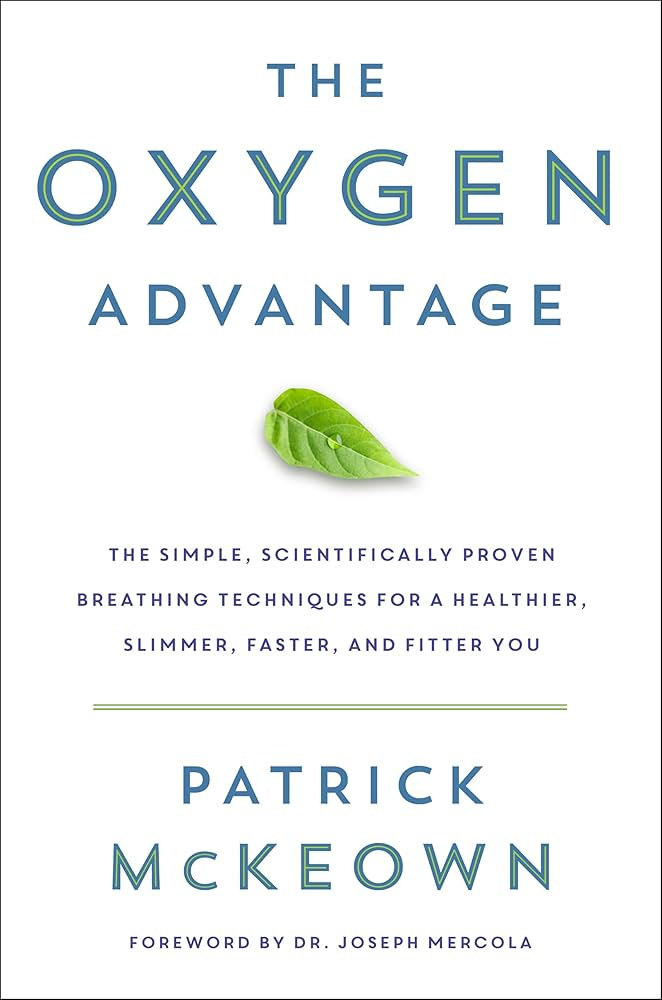


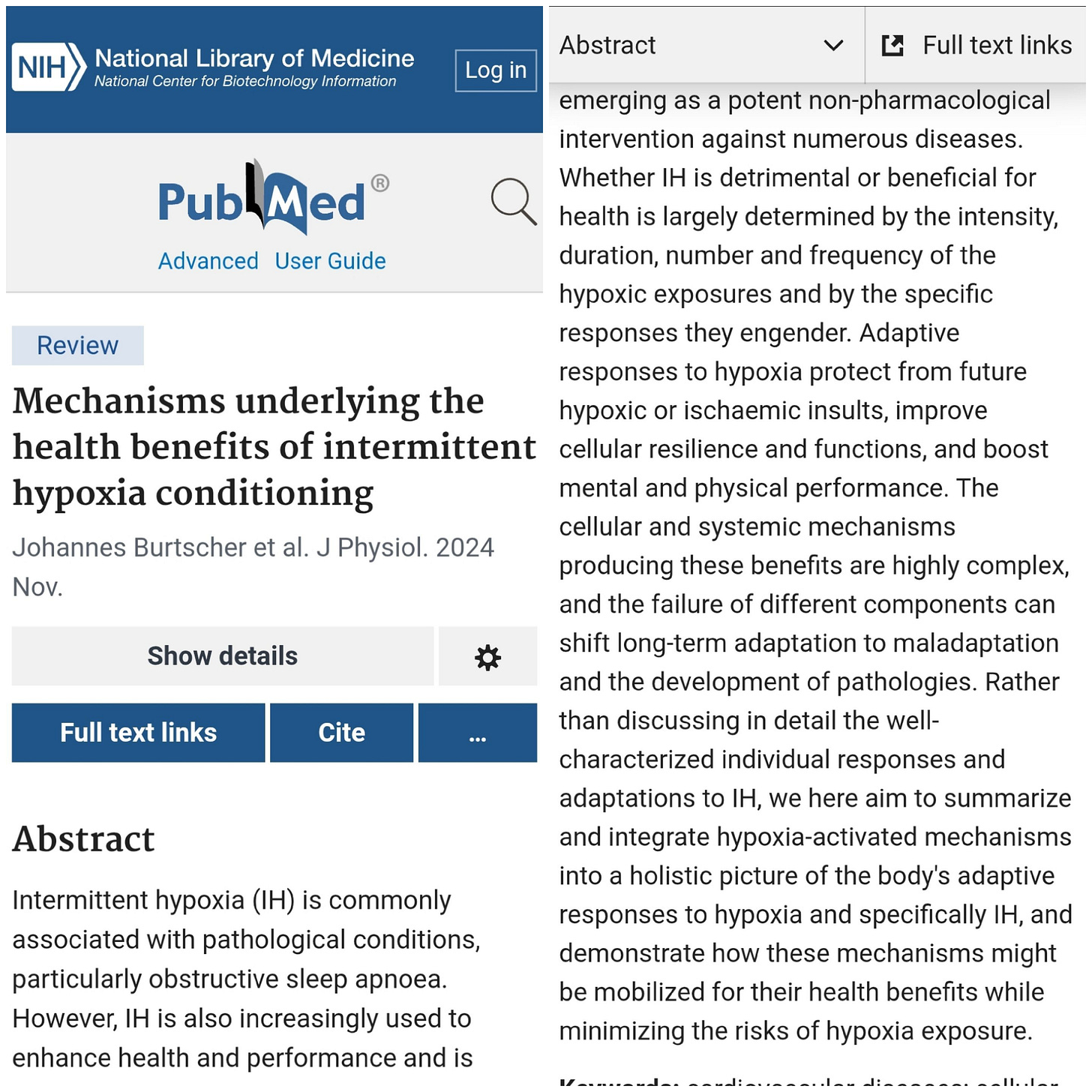



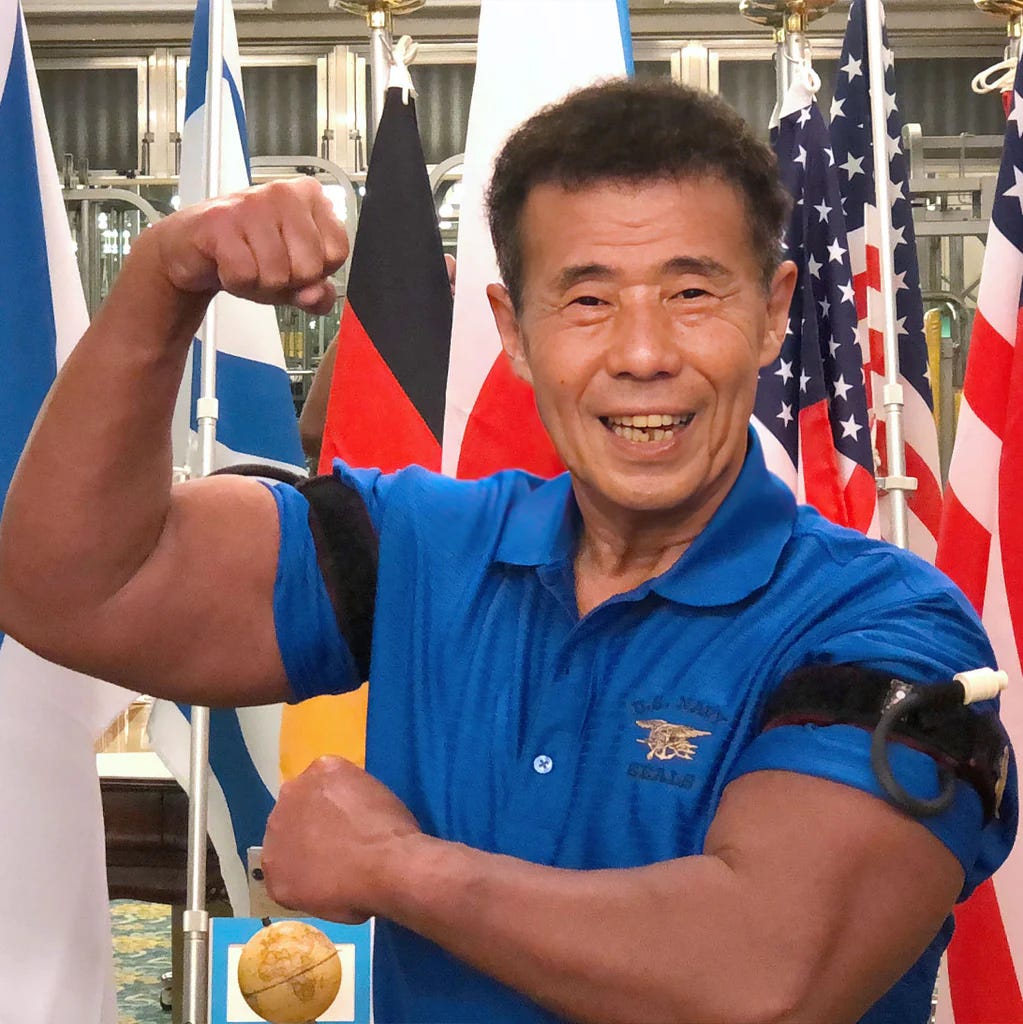




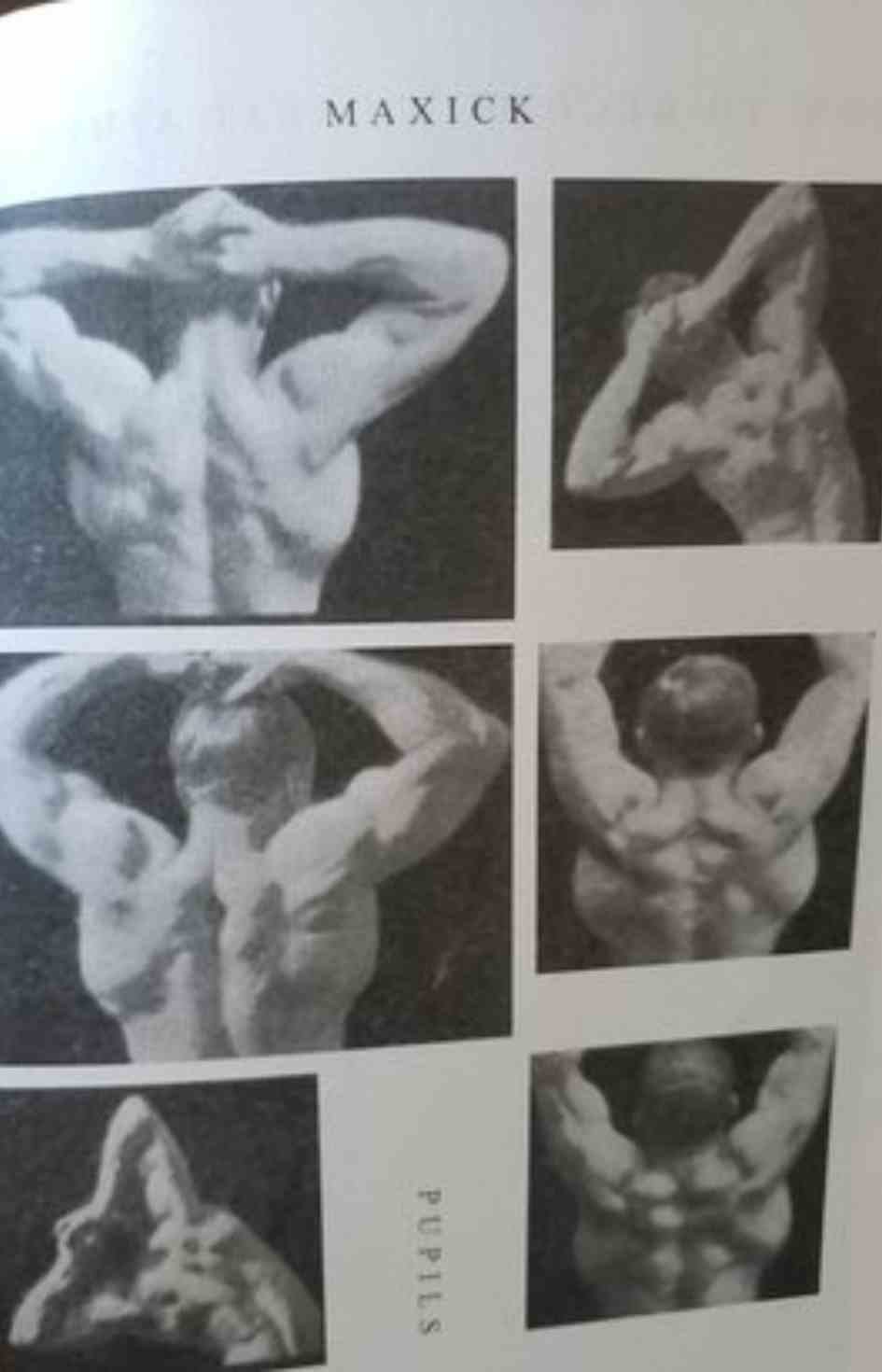



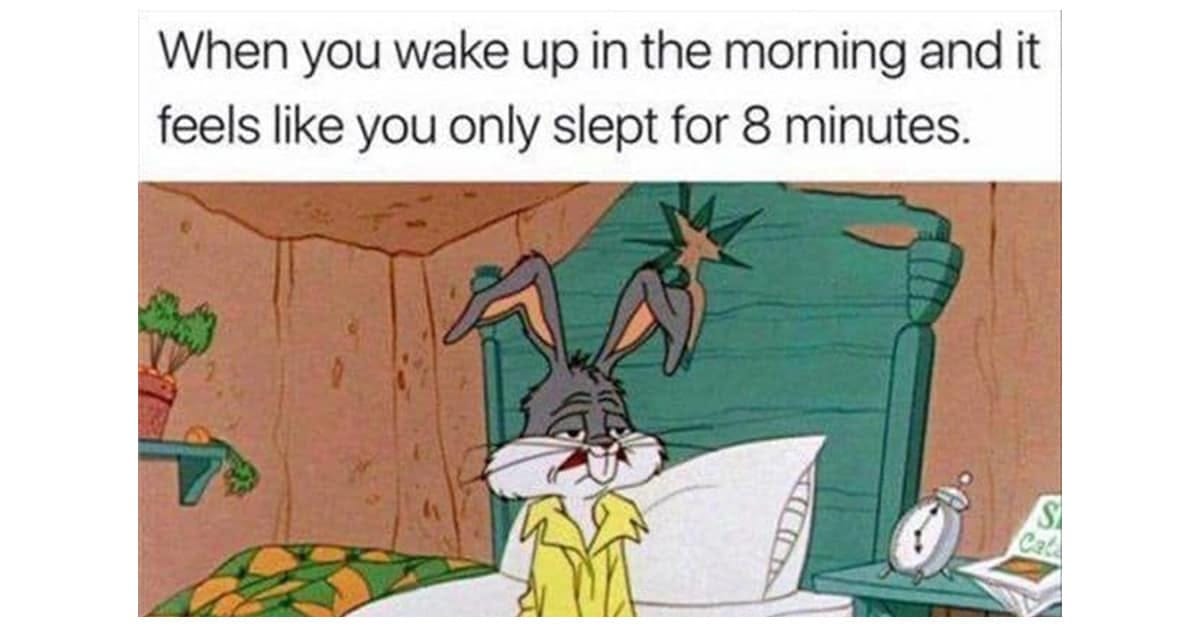



Nice piece. The science around how our mitochondria use CO2 signalling for adapting to environment, much as klimer mentioned, is starating to come to light at the public level, ironically also destroying the BS narrative of Carbon emissions bad etc, as you pointed out😉
Btw, Yogis have been practicing "fire breath", "alternate nostril", and other breathwork for health and mental clarity, for thousands of years, basically an much older version of both Buteyeko, Maxalding and Win Hoff's concepts. Everything old is new again.
😉
A title you would probably enjoy reading is Undoing Lyme Disease by Arkadi F. Propokov. He has a deep background in sports training, but his passion is using hypoxia to cure Lyme disease and to increase longevity.
He advocates for alternating hypoxia and hyperoxia, and says the key is five sets of 3-5 minutes max for the hypoxia. I believe he achieves the hyperoxia by using an altitude simulation device.
Anyway, he explains his method is based upon evolutionary biology. He calls it Controlled Intermittent Oxygenation and it mimics the process where the body directs development of the embryo.
The hypoxia basically causes imperfect mitochondria to commit suicide, and your body replaces them with new, healthy mitos.
So, hypoxia by itself is good. But it's the pattern of five that maximizes the potential benefit. It's a lot like high intensity interval training: a period of recovery, then an increased pace, then 10-15 of all out effort (typically repeated only four times). The all out effort is where the hypoxia is created. Not fun, but it totally changed my body when I did it years ago. I keep meaning to go back and look at the training program that I was using, to recall how often I had to do that. I wouldn't want to do it any more often than every few weeks. But I'd be willing to do it more frequently for a month to see what kind of changes take place.